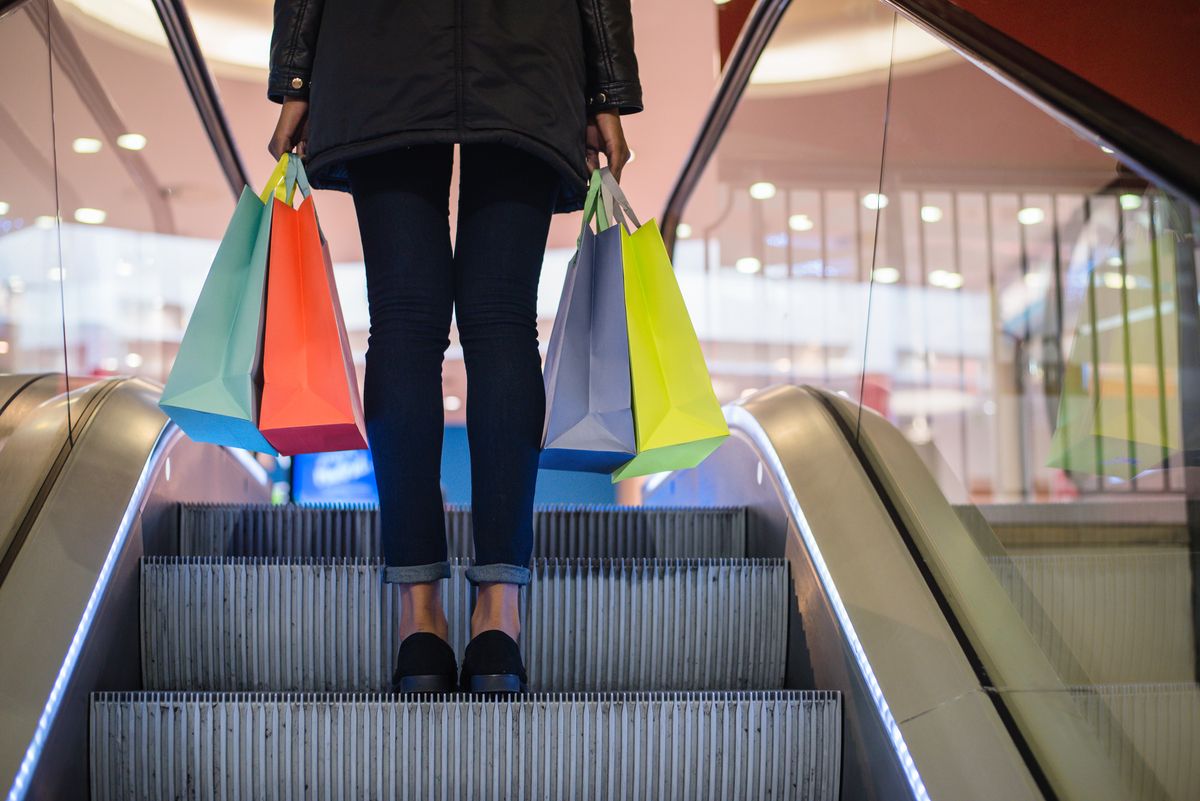Expectations are anything but optimistic as the second-quarter 2020 earnings season kicks into high gear, and clothing and apparel is one industry that has been hit especially hard by the economic lockdown to slow the spread of COVID-19. Skechers (SKX +0.00%) was no exception, and the stock's more than 20% drop 2020 to date headed into its report was indicative of that.
However, Skechers held up surprisingly well, with international sales faring far better (down 38%) than those here in the states (down 47%); but within the total, the company's e-commerce segment grew 428% from the same period a year ago. And most surprisingly, Skechers' net cash balance actually grew, implying that even in times of extreme duress, this shoemaker can remain profitable. As a result, shares were up as much as 10% immediately following the update.
Q2 was a zoo
That isn't to say the numbers weren't ugly. On the contrary, Skechers reported steep declines in sales as virtually all of its global stores and third-party partners were closed at some point during the period from April to June.
|
Metric |
Q2 2020 |
Q2 2019 |
Change |
|---|---|---|---|
|
Revenue |
$739 million |
$1.26 billion |
(42%) |
|
Gross profit margin |
50.5% |
48.5% |
2.0 pp |
|
Operating expenses |
$432 million |
$505 million |
(15%) |
|
Net earnings (loss) |
($68.1 million) |
$75.2 million |
N/A |
Data source: Skechers. Pp = percentage point.
Nevertheless, it could have been far worse. While specific figures for online direct-to-consumer sales aren't provided (in previous quarters it's been inferred to be somewhere in the low teens percentage of total revenue), the reported 428% increase in internet-based company-owned retail clearly went a long way toward making up for lost ground.
Surprisingly, gross margin on product sold also increased, due to a favorable mix of online and international sales. Put another way, Skechers' investment in recent years in direct-to-consumer sales outside of the U.S. is paying off. Selling and shipping from an online store isn't always a profitable endeavor for a business out of the gate, but it's now adding to the margin profile for Skechers.
Nowhere was that more apparent than in China, where revenue actually increased 11.5% compared with a year ago. Other markets in Asia and Europe are also trending toward fully recovered as the effects from the pandemic fade. In fact, management said on the earnings call that June comparable sales were down only single digits in the U.S. The metric hasn't been quite as good in July as reopening has hit snags, but it apparently wasn't too far removed from the progress made in June. No solid outlook is being provided at this time, but there are hints things are OK for Skechers.

Image source: Getty Images.
Balance sheets speak volumes
In total, Skechers did report a net loss, but it's important to remember net earnings or losses include noncash expenses (like depreciation and amortization). When accounting for those items, Skechers apparently operated in free-cash-flow-positive territory. As a reminder, free cash flow is revenue less cash operating and capital expenses, and it's what gets added to or subtracted from the balance sheet each quarter.
At the end of June, Skechers had $1.56 billion in cash and investments, up from $1.03 billion reported at the start of 2020. Of the some $530 million net gain, $490 million is due to Skechers drawing down its revolving line of credit at the start of the crisis to help it manage possible shortfalls. Still, the net increase in liquidity is impressive as it implies Skechers is in fact free-cash-flow positive so far this year -- even in a terribly unpredictable period of economic contraction.
It underscores what I've been saying about this shoe company for years. Many investors have complained about an inconsistent bottom line, but expanding into new emerging markets (and related investment in building new infrastructure) is masking a very profitable shoe manufacturer and retailer. And the strong results from overseas underscore how popular this shoe brand has become. Of course, I'm not saying Q2 is anything to write home about. This consumer discretionary stock still needs the economy to normalize before it returns to all-out growth. Nevertheless, whatever the new normal may look like going forward, I remain optimistic about Skechers' chances.





